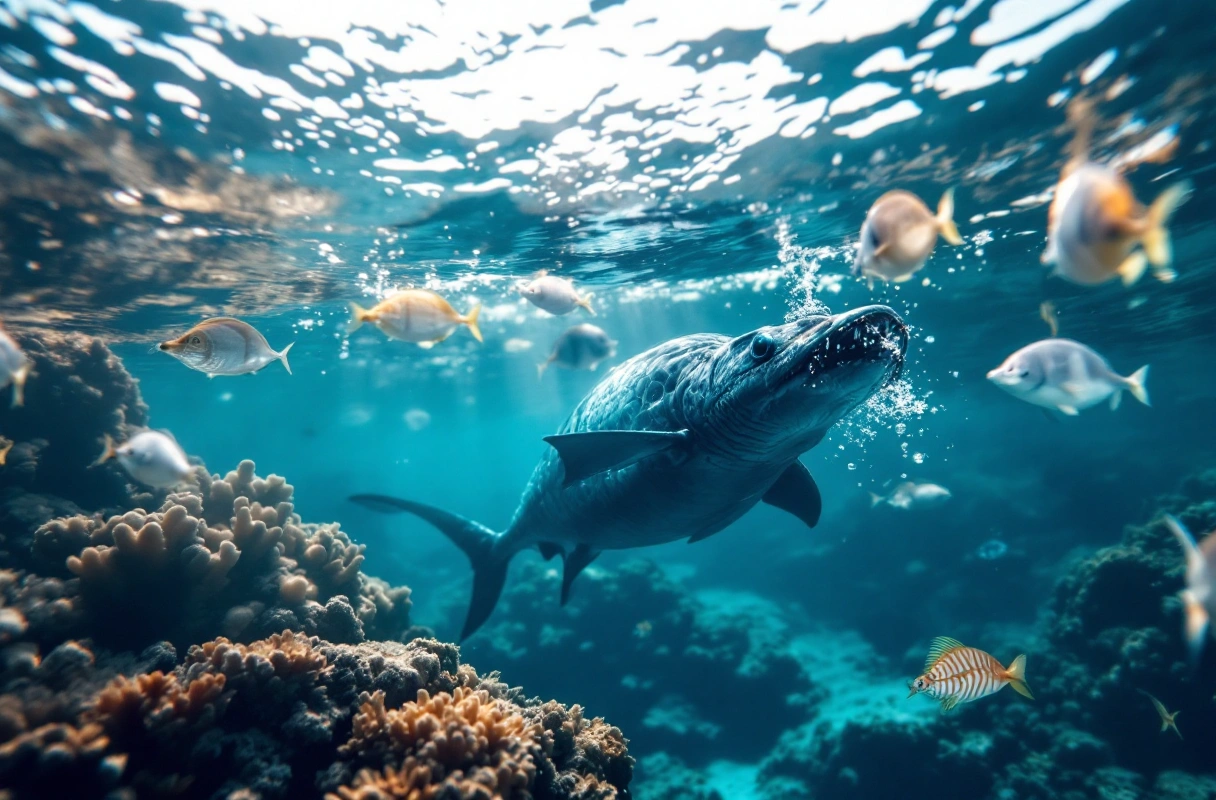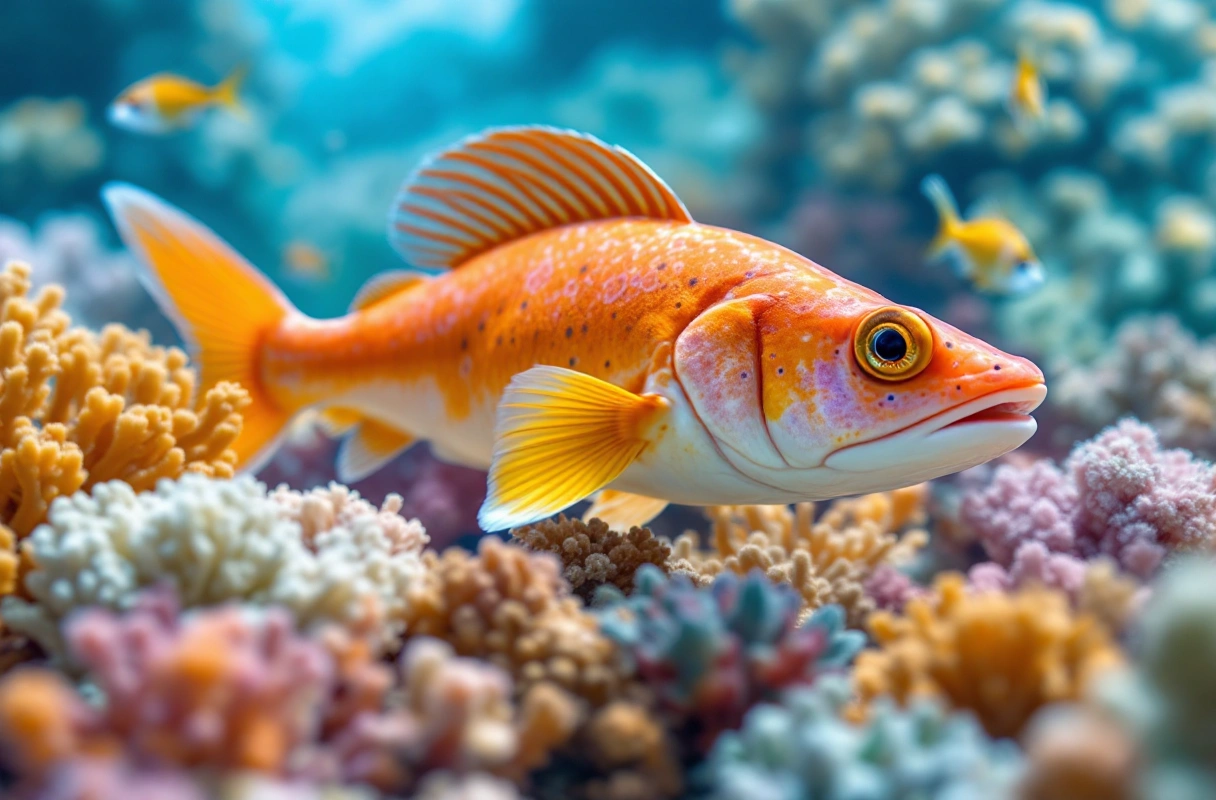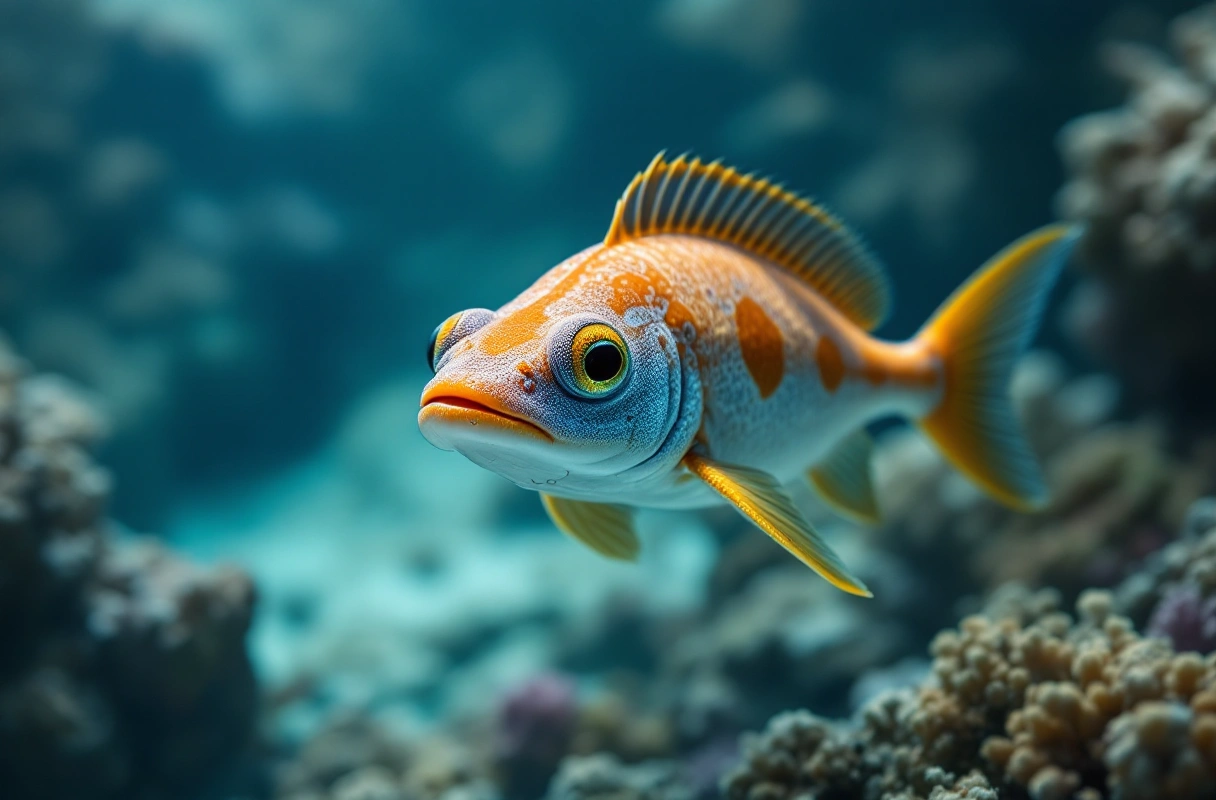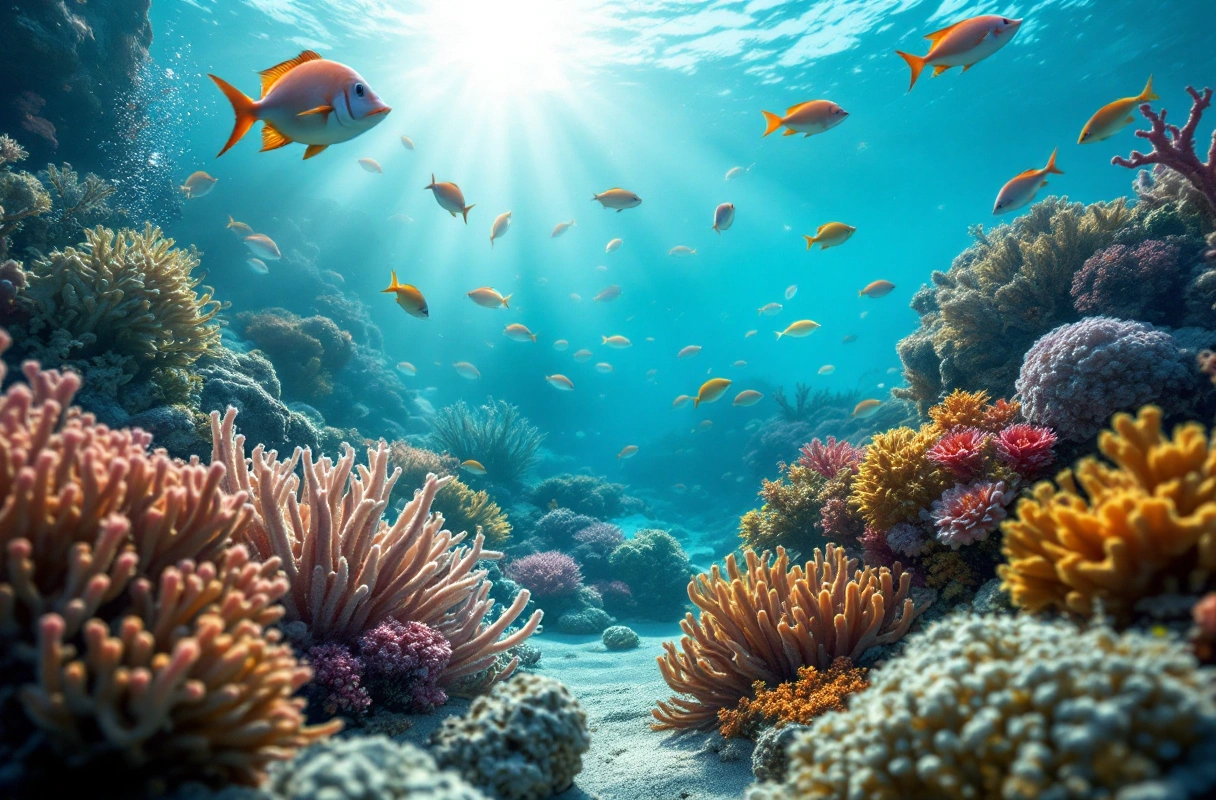
Snorkeling offers a gateway to the mesmerizing world beneath the ocean's surface, where sea creatures thrive in diverse underwater ecosystems. For beginners, the experience can be both exhilarating and overwhelming. Understanding how to identify various marine species not only enriches your snorkeling adventure but also fosters a greater appreciation for marine biodiversity. In this article, we will explore essential snorkeling tips, delve into the role of sea creatures in marine ecosystems, and equip you with the knowledge needed to make the most of your underwater exploration.

Before diving into the depths of sea creature identification, it is crucial to grasp the fundamentals of snorkeling. Proper preparation ensures not only your safety but also enhances your overall experience.
Selecting the right equipment is paramount for a successful snorkeling adventure. Here are the key items you should consider:
Safety should always be a priority when snorkeling. Here are important precautions to follow:

Once you are equipped and prepared, the next step is to familiarize yourself with the incredible sea creatures you might encounter. Here are practical tips for identifying marine life while snorkeling.
Before embarking on your snorkeling adventure, it helps to familiarize yourself with common sea creatures found in your destination. Here are several species to look for:
Bringing along a waterproof identification guide can significantly enhance your ability to recognize sea creatures. Many guides include images and descriptions of local species, helping you connect names with the creatures you see. Additionally, smartphone applications can serve as excellent resources for real-time identification while you are in the water.
Understanding the behavior and habitat of sea creatures aids in identification. Pay attention to:

Understanding the importance of sea creatures in marine ecosystems is fundamental to appreciating the underwater world. Each species plays a unique role, contributing to the overall health and balance of the ecosystem.
Sea creatures contribute to biodiversity, which is essential for ecosystem stability. A diverse array of species ensures that ecosystems can withstand environmental changes and disturbances. For example:
As stewards of the ocean, understanding the roles of sea creatures emphasizes the need for conservation efforts. Overfishing, pollution, and climate change threaten marine ecosystems, making it crucial for snorkelers and divers to advocate for protection measures. Engaging in responsible snorkeling practices, such as not touching coral reefs and minimizing waste, can contribute to marine conservation.
Even experienced snorkelers can make mistakes that detract from their experience or pose safety risks. Here are common pitfalls and how to avoid them:
Many beginners underestimate the impact of tides, currents, and weather on their snorkeling experience. Always check local conditions before entering the water.
Diving deeper without proper equalization techniques can lead to discomfort or injury. Practice equalizing your ears as you descend to minimize pressure-related issues.
A common misconception is that marine life is friendly and approachable. Always maintain a safe distance and avoid touching or feeding sea creatures. This helps protect both you and the creatures.
To ensure a successful snorkeling experience, preparation is key. Follow these essential steps:
As you embark on your snorkeling adventure, prepare for a sensory-rich experience. The colors, sounds, and movements of sea creatures will leave you in awe. Remain patient, take your time, and enjoy the tranquility of the underwater world.
Understanding sea creatures and their roles in marine ecosystems not only enriches your snorkeling experience but also underscores the importance of conservation. At Banana Slug Club, we are passionate about educating nature enthusiasts, students, and kids about the wonders of the natural world, including the intricate relationships between marine life and their habitats.
By fostering a sense of curiosity and respect for the environment, we empower individuals to engage in responsible exploration and conservation efforts. We invite you to visit our website for more resources and information on how you can deepen your understanding of marine ecosystems and sea creatures.
Whether you are a beginner excited about snorkeling or a seasoned nature lover, the ocean's mysteries await your discovery. Join us in exploring the beauty of our planet and contributing to its preservation. Contact us today to learn more about our programs and how you can get involved.
Get free resources, early access to new features and updates.
No spam. Just fun educational emails!